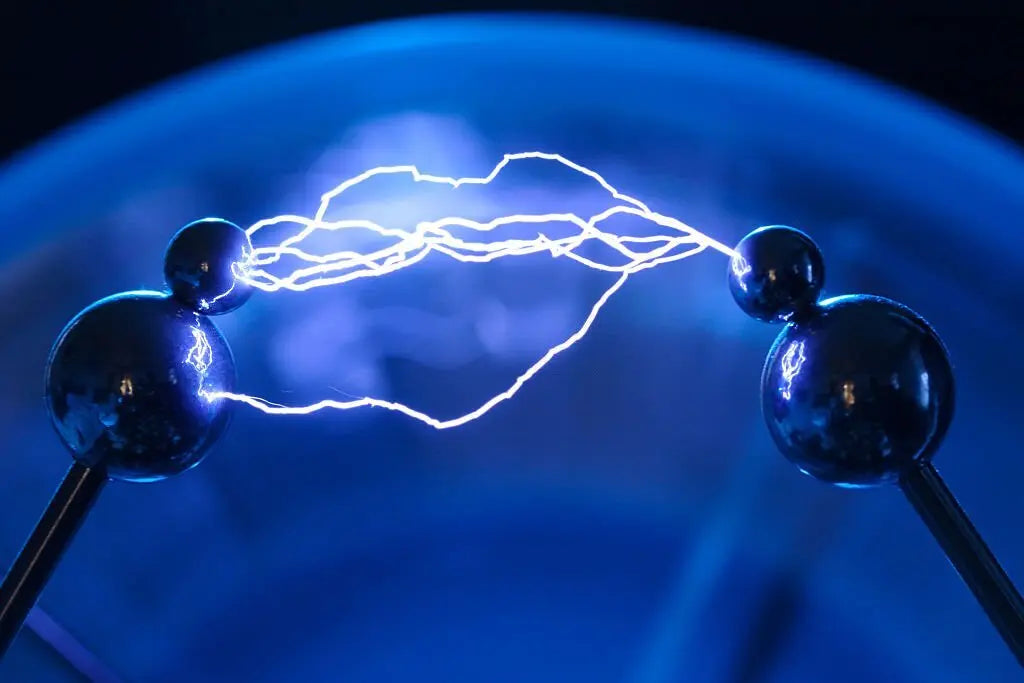Silk and satin are two of the most popular types of pillowcases available in the market today. They are both known for their smooth and luxurious feel, making them ideal for a comfortable and peaceful sleep. However, there have been some concerns among users about static electricity generated by these fabrics. Some people have reported waking up with frizzy hair or experiencing a mild electric shock when using silk or satin pillowcases. This has led to the question, do silk pillowcases cause static or is the culprit satin?
To answer this question, we need to understand the science behind static electricity and the properties of silk and satin fabrics.
What is static electricity?
Static electricity is a build-up of electric charges on the surface of an object. It occurs when two materials come into contact and one of them loses electrons while the other gains electrons. This imbalance of electrons creates a potential difference between the two objects, which can lead to a spark or a shock when the objects are separated. Static electricity is more common in dry environments, such as during the winter months when indoor heating reduces the humidity levels in the air.
Properties of silk fabric
Silk is a natural protein fiber that is produced by silkworms. It is known for its softness, luster, and draping qualities. Silk fibers have a triangular prism-like structure that reflects light at different angles, giving it a shimmering appearance. Silk is also a good insulator and can regulate temperature, making it a popular choice for bedding.
Silk is a poor conductor of electricity, which means it does not allow electric charges to flow through it easily. This property makes silk less likely to generate static electricity than other fabrics.
Properties of satin fabric
Satin is a type of weave that can be made from a variety of fibers, including silk, polyester, and nylon. It is characterized by its smooth and shiny surface, which is achieved by floating the warp yarns over the weft yarns. Satin is often used for formal clothing, lingerie, and bedding.
Satin is a synthetic fabric that is made from polyester or nylon. These materials are known for their ability to generate static electricity when rubbed against each other or other materials. Satin is also a poor conductor of electricity, which means that the static charge can accumulate on the surface of the fabric.
Which fabric causes more static?
Based on the properties of silk and satin fabrics, it is safe to say that satin is more likely to cause static electricity than silk. Satin is a synthetic fabric that is made from materials that are known to generate static electricity. It is also a poor conductor of electricity, which means that the static charge can accumulate on the surface of the fabric.
On the other hand, silk is a natural fiber that is a poor conductor of electricity. While it can still build up a small amount of static charge, it is less likely to do so than satin. However, the likelihood of static build-up can also depend on other factors, such as the humidity levels in the air and the other materials that the fabric comes into contact with.
Tips to reduce static electricity
If you prefer satin pillowcases but want to avoid static electricity, there are a few things you can do. Here are some tips to reduce static electricity:
-
Use a humidifier: Adding moisture to the air can help reduce static electricity. Using a humidifier in your bedroom can help keep the air moist and reduce the likelihood of static electricity.
-
Avoid synthetic materials: If you are prone to static electricity, avoid using synthetic materials, such as polyester or nylon. These materials are known to generate static electricity.
-
Use natural materials: Natural fibers, such as silk, cotton, and wool are less likely to generate static electricity than synthetic materials. Using silk pillowcases instead of satin can help reduce the amount of static electricity generated.
-
Dryer sheets: Using dryer sheets in your laundry can help reduce static electricity. These sheets contain a thin layer of fabric softener that can reduce the static build-up on clothes and bedding.
-
Grounding: Grounding yourself can help discharge any static electricity that has built up on your body. You can do this by touching a metal object, such as a doorknob or a lamp, to release the charge.
In conclusion, silk pillowcases are less likely to cause static electricity than satin pillowcases. Silk is a natural fiber that is a poor conductor of electricity, while satin is a synthetic fabric that can generate static electricity when rubbed against other materials. However, the likelihood of static build-up can also depend on other factors, such as the humidity levels in the air and the other materials that the fabric comes into contact with.





Leave a comment
All comments are moderated before being published.
This site is protected by hCaptcha and the hCaptcha Privacy Policy and Terms of Service apply.